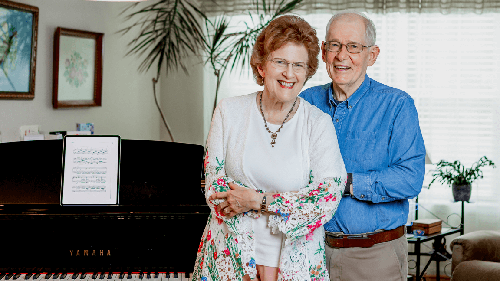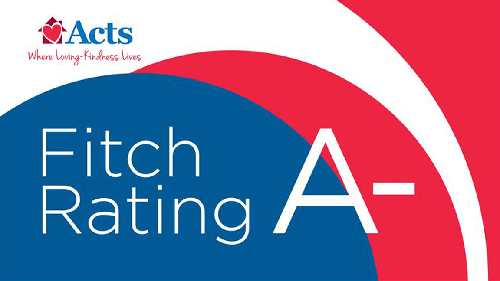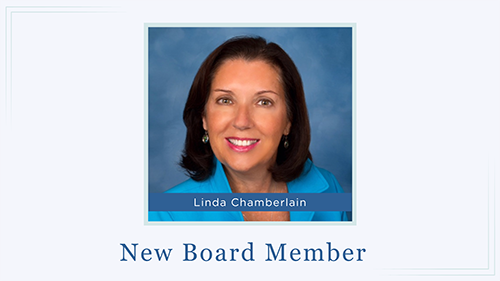The Pros and Cons of 55+ Communities vs. Aging-in-Place in Maryland
For many Maryland seniors, two primary pathways tend to emerge regarding the decision of where and how to live in retirement. One is embracing the dynamic lifestyle offered by a 55+ or retirement community. The other is choosing to remain in their cherished long-time home through the concept of "aging-in-place."
Both options present distinct advantages and disadvantages that significantly impact lifestyle, financial considerations, and future care needs. This article aims to provide a thorough analysis, assisting Maryland retirees in weighing these critical factors to determine which housing solution best aligns with their unique aspirations and circumstances.
Aging-in-Place in Maryland
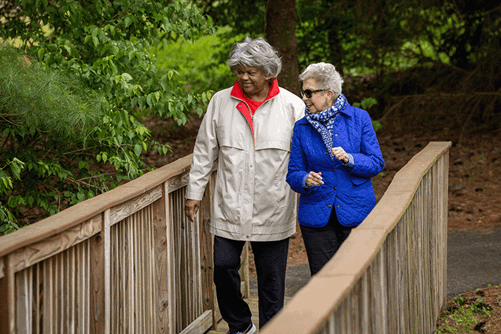
Aging-in-place signifies the choice to reside in your current home and community as you grow older, likely with the integration of necessary home modifications or supportive services.
Pros of Aging-in-Place
One of the most compelling advantages of aging-in-place is the profound sense of familiarity and comfort derived from remaining in your established home, neighborhood, and cherished routines. This continuity can offer immense emotional security and stability. You retain complete independence and control over your living environment, from décor choices to daily schedules and social interactions, without adhering to external community rules or timetables.
Financially, while ongoing home maintenance and property taxes of course persist, you avoid the monthly fees associated with retirement communities. For those with paid-off mortgages, the immediate housing costs might initially appear lower. Furthermore, aging-in-place allows you to maintain deep connections within your long-standing social networks, frequent beloved local shops, and continue relationships with trusted healthcare providers.
Your home can also remain a central gathering place for family, serving as a repository for cherished memories and a symbol of your legacy. Lastly, you surely have extremely deep emotional connections to the property.
Cons of Aging-in-Place
However, aging-in-place also comes with its share of challenges. The burden of home maintenance—encompassing repairs, yard work, and general upkeep—can become physically demanding and financially costly over time, particularly given Maryland's varied weather patterns that can accelerate wear and tear. Even if the mortgage is paid off, property taxes always increase, and maintenance fees can begin to add up significantly for older homes.
A significant risk is potential social isolation: as friends relocate or social circles naturally diminish, and if driving becomes difficult, finding transportation and staying connected can be challenging, especially in areas with limited public transit.
Most homes are not inherently designed for later-life living. Features like stairs, narrow doorways, and inaccessible bathrooms can transform into safety hazards. Retrofitting a home for accessibility can be an expensive undertaking and potentially impact sale-ability.
Crucially, as health needs evolve, coordinating in-home care, managing medical appointments, and arranging other necessary services can become increasingly complex and costly, potentially even surpassing the fees associated with community living. You may feel great right now, able to drive yourself to lively excursions, but as you or your spouse begin to age further, getting yourself out and about may prove more difficult.
Unpredictable financial strains from rising property taxes, insurance premiums, and unforeseen repairs can also create budget uncertainties.
Lastly, you would need to actively seek out and pay for amenities like fitness centers, dining opportunities, and social activities that are often built into 55+ neighborhoods and retirement communities.
55+ Communities and CCRCs in Maryland

To begin this section, we should note that 55+ neighborhoods are often considered distinct from retirement communities. The 55+ neighborhoods tend to look like typical suburban neighborhoods, but are reserved exclusively for those over the age of 55. They are often gated, and often have fitness centers, clubhouses, and even pools. Lawn care and snow shoveling tends to be included as part of an HOA fees, but in-home maintenance may not be.
Retirement communities, on the other hand, are large and lovely campuses with different types of living spaces, from cottages and villas to apartments, and include activities and accommodations that might not be available in a 55+ community, such as on-campus art studios and woodworking shops, social activities and excursions, and dining options. Continuing Care Retirement Communities (CCRCs) go even a step further, also offering advanced health services such as assisted living or skilled nursing care on campus, should you or your spouse’s health needs ever change.
Pros of Retirement Communities
A primary benefit of these communities is the liberation from home maintenance. As mentioned above, the community or HOA handles all lawn care and snow removal. CCRCs also include exterior and interior upkeep, freeing up residents' time, energy, and budget for more enjoyable pursuits, a significant relief for many.
Additionally, as an alternative to aging-in-place if your social network has moved away or thinned post career, living among peers in a 55+ neighborhood or CCRC cultivates instant opportunities for friendship, shared interests, and a robust sense of community, effectively mitigating the risks of social isolation.
Enhanced security features, often standard in these communities, provide an additional layer of peace of mind. For CCRCs specifically, the assurance of future care is a compelling advantage. Residents are guaranteed access to higher levels of care, such as assisted living or skilled nursing, should their needs change, typically at predictable rates. This eliminates the stressful prospect of having to relocate again due to declining health, offering profound long-term peace of mind for both residents and their families. Furthermore, the financial aspect is often simplified, as monthly fees typically cover most expenses, including utilities, maintenance, fitness, some meals, and activities, leading to more predictable budgeting. For CCRC residents, the future sale of a home to fund care is generally not a concern, and in fact selling a home to then move into a CCRC tends to cover the entrance fee with funds left over for a nest egg.
Cons of Retirement Communities
Despite these advantages, there are some potential drawbacks. Many communities, particularly CCRCs, require an upfront entrance fee, and homes in 55+ neighborhoods can require a down payment and even a new mortgage if you’re unable or uninterested in buying the property outright. This is in addition to ongoing monthly fees for a CCRC or for the HOA fees of a neighborhood. In some CCRC models, the entrance fee may not be fully refundable, which can impact the assets available to heirs. Homes in 55+ areas will need to be sold in order to receive any form of financial investment.
Residents must also adhere to community-wide rules and regulations concerning landscaping, noise, pets, and modifications, which some individuals might find restrictive. The age-restricted nature of these communities, while fostering peer connections, means less daily interaction with younger generations, which some retirees might miss. While many communities are well-located, residents are tied to that specific physical location. Lastly, although monthly fees offer predictability, they can increase over time, potentially impacting long-term financial planning.
Making the Decision in Maryland
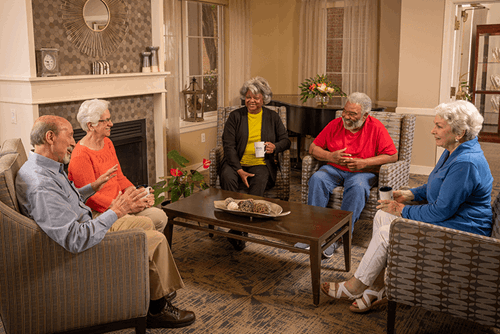
The choice between aging-in-place and opting for a 55+ community or CCRC in Maryland ultimately hinges on your personal priorities, current financial standing, and anticipated future needs.
Consider aging-in-place if:
- You possess a strong desire to remain in your specific home and neighborhood
- Your home is already largely accessible or can be modified affordably
- You benefit from a robust local support network
- You are comfortable managing home maintenance and coordinating any potential future care independently.
Conversely, consider a 55+ community or CCRC if:
- You yearn for a maintenance-free lifestyle
- You place high value on built-in social opportunities and amenities
- You desire certainty in long-term care planning (especially with a CCRC)
- You refer living among a community of peers
- You are comfortable with the specific financial structure involving a down payment and mortgage or entrance and monthly fees.
Ultimately, a comprehensive assessment of your current health status, financial resources, social preferences, and realistic expectations for future care is paramount. Visiting various 55+ communities and CCRCs, engaging in candid conversations with current residents, and seeking expert advice from financial and legal advisors are all highly recommended steps to ensure you make the most informed decision for your retirement in Maryland.
Acts Retirement-Life Communities operates some of the most revered CCRCs in the country (and particularly in Maryland), with neighborhoods that can be mistaken for a 55+ community yet also benefit from all the additional amenities of a retirement community. Explore all that Acts has to offer.

